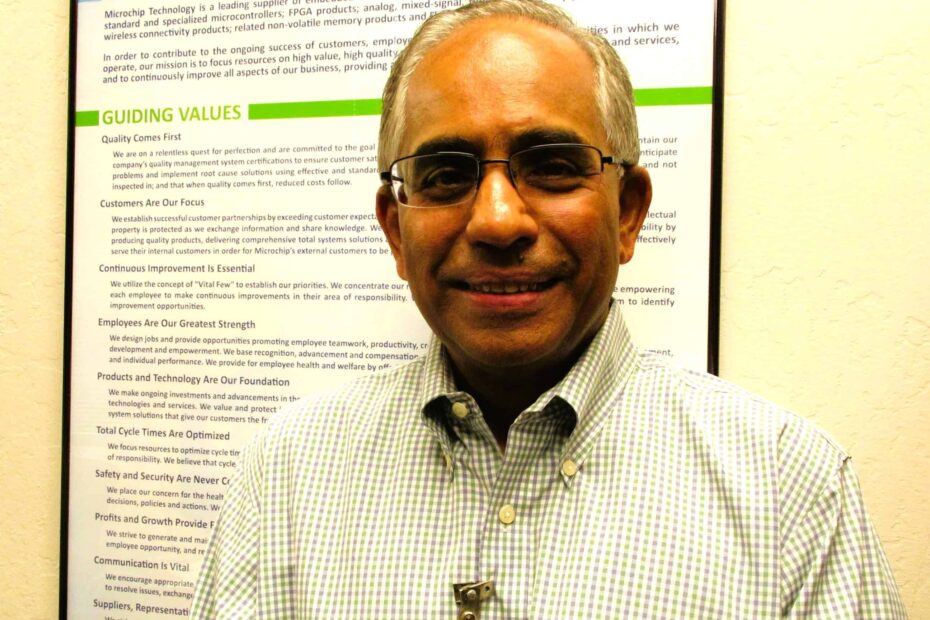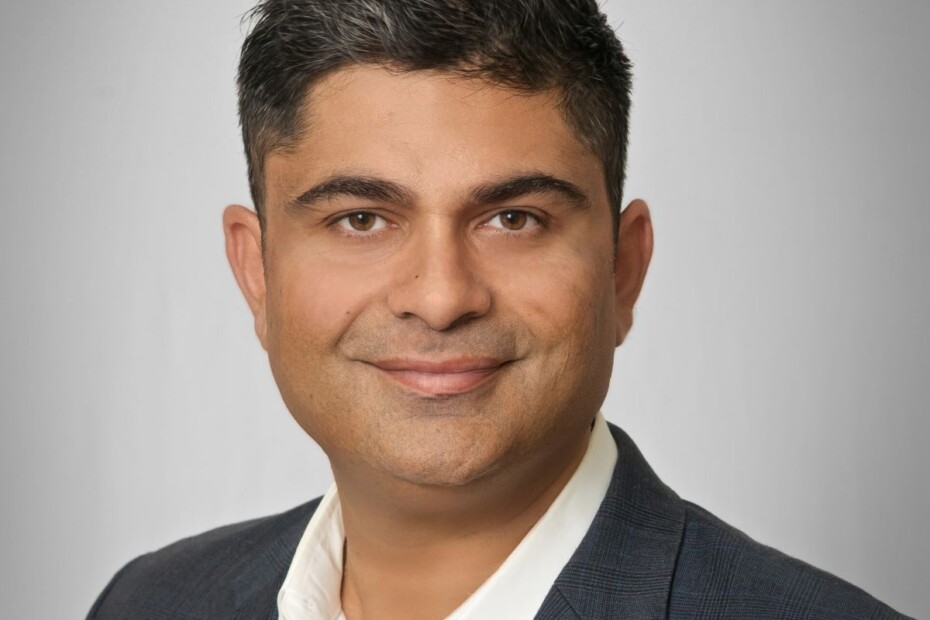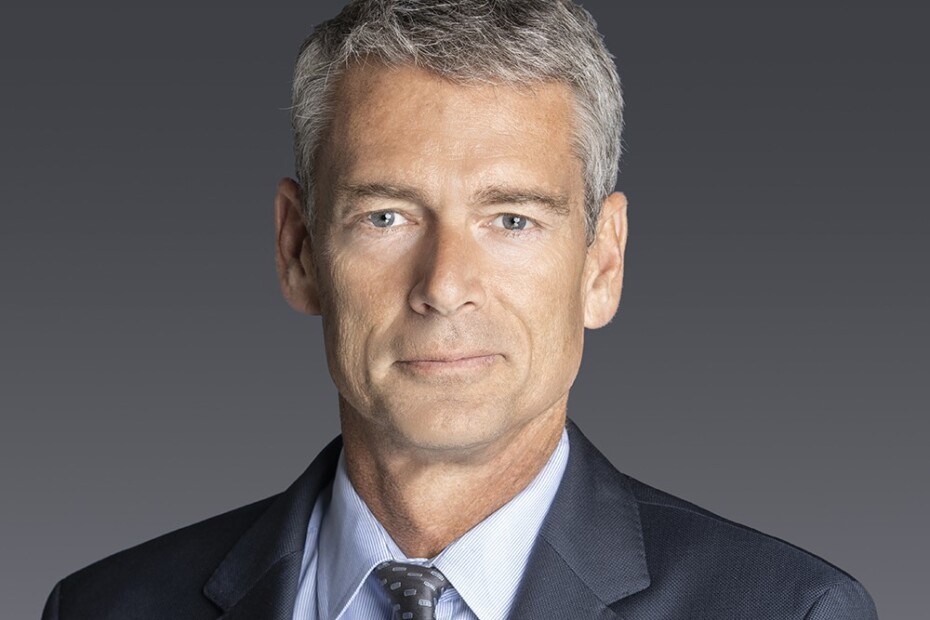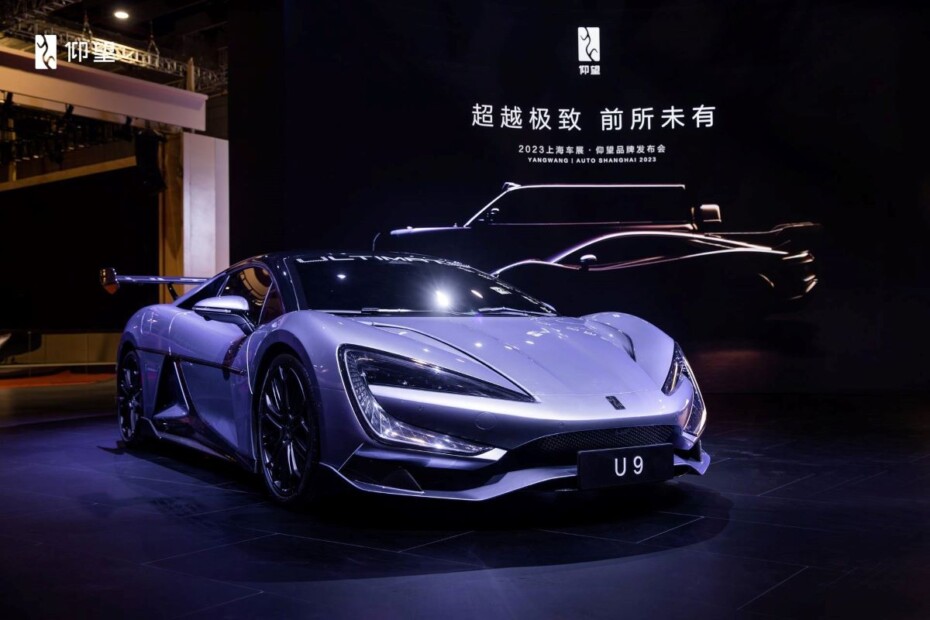A Central-Compute SoC for SDVs? Really?
What’s at stake:
Consider the Volkswagen Group’s desperate move to partner with Rivian in hopes of designing its future software-defined vehicle platform. Or Volvo’s catastrophic software failure with its new Volvo EX90 electric car. These stories confirm the huge — and persistently unfillable — software deficit afflicting many car OEMs. So, where should carmakers go to fix their software problem?
The Ojo-Yoshida Report recently had Chet Babla, senior vice president, strategic marketing at Indie Semiconductor, as the guest in our latest episode podcast of “Chat with Junko and Bola”. Although we didn’t intend to talk with Babla about specific examples like VW and Volvo, our conversation reveals the maelstrom of change hitting the automotive industry.
Read More »A Central-Compute SoC for SDVs? Really?









